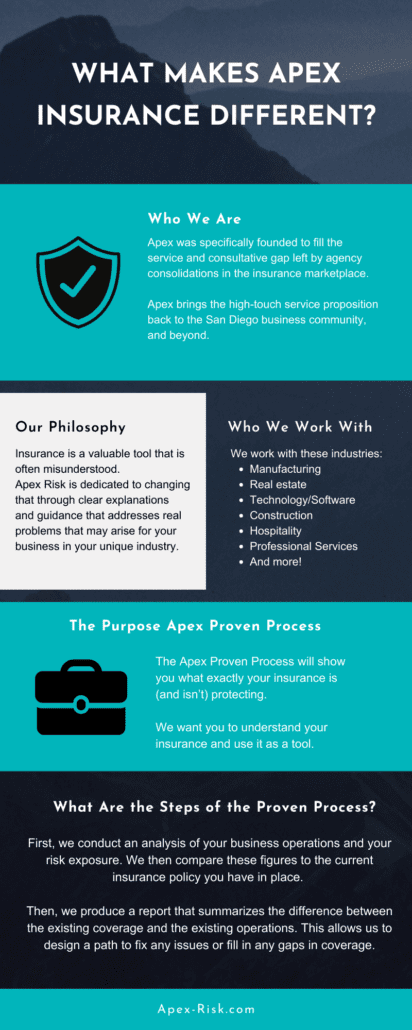The Ultimate Guide To Pacific Prime
Table of ContentsPacific Prime Fundamentals ExplainedHow Pacific Prime can Save You Time, Stress, and Money.The Single Strategy To Use For Pacific PrimePacific Prime Can Be Fun For EveryoneThe smart Trick of Pacific Prime That Nobody is Talking About

This is since the information were collected for a period of solid financial performance. Of the approximated 42 million individuals who were uninsured, all yet about 420,000 (regarding 1 percent) were under 65 years old, the age at which most Americans become eligible for Medicare; 32 million were adults in between ages 18 and 65, around 19 percent of all adults in this age group; and 10 million were kids under 18 years old, concerning 13.9 percent of all children (Mills, 2000).
These quotes of the variety of individuals without insurance are generated from the annual March Supplement to the Present Populace Study (CPS), performed by the Census Bureau. Unless otherwise noted, nationwide price quotes of individuals without health insurance coverage and percentages of the populace with various kinds of coverage are based on the CPS, the most commonly utilized source of quotes of insurance policy protection and uninsurance prices.
Facts About Pacific Prime Revealed

Still, the CPS is particularly beneficial due to the fact that it creates annual quotes fairly rapidly, reporting the previous year's insurance coverage estimates each September, and due to the fact that it is the basis for a regular collection of price quotes for even more than twenty years, permitting analysis of fads in insurance coverage with time. For these factors, along with the comprehensive use of the CPS in various other researches of insurance coverage that exist in this report, we count on CPS price quotes, with restrictions noted.

The estimate of the variety of uninsured individuals increases when a population's insurance standing is tracked for a number of years. Over a three-year duration beginning early in 1993, 72 million individuals, 29 percent of the united state populace, lacked insurance coverage for at the very least one month. Within a single year (1994 ), 53 million people experienced at the very least a month without insurance coverage (Bennefield, 1998a)
6 out of every ten uninsured grownups are themselves utilized. Working does boost the probability that one and one's family participants will certainly have insurance, it is not a warranty. Also participants of families with 2 full time wage earners have virtually a one-in-ten possibility of being uninsured (9.1 percent without insurance rate) (Hoffman and Pohl, 2000).
4 Easy Facts About Pacific Prime Shown
New immigrants represent a significant proportion of individuals without health and wellness insurance policy. One analysis has associated a substantial portion of the current development in the size of the U.S. without insurance populace to immigrants who showed up in the nation in between 1994 and 1998 (Camarota and Edwards, 2000). Recent immigrants (those who pertained to the USA within the previous four years) do have a high price of being without insurance (46 percent), but they and their children represent simply 6 percent of those without insurance policy nationally (Holahan et al., 2001).
The connection in between medical insurance and accessibility to care is well established, as documented later on in this phase. Although the partnership in between health and wellness insurance policy and wellness end results is neither straight neither simple, a comprehensive scientific and health and wellness solutions research study literary works web links health and wellness insurance policy protection to enhanced accessibility to care, far better high quality, and enhanced personal and population health status.
Degrees of evaluation for examining the impacts of uninsurance. This discussion of medical insurance protection focuses mainly on the U.S. population under age 65 due read this post here to the fact that essentially all Americans 65 and older have Medicare or other public coverage. It focuses especially on those without any type of health and wellness insurance coverage for any size of time.
The Pacific Prime Statements
The troubles encountered by the underinsured are in some areas comparable to those faced by the uninsured, although they are typically much less serious. Health and wellness insurance policy, nonetheless, is neither essential neither adequate to acquire access to medical services. The independent and direct effect of health insurance protection on access to health and wellness solutions is well established.
Others will acquire the healthcare they require also without wellness insurance policy, by paying for it out of pocket or seeking it from service providers who supply treatment cost-free or at very subsidized rates. For still others, medical insurance alone does not guarantee receipt of treatment due to other nonfinancial obstacles, such as an absence of health and wellness care companies in their community, minimal accessibility to transportation, illiteracy, or etymological and social differences.
Pacific Prime for Beginners
Official research study about without insurance populations in the USA dates to the late 1920s and early 1930s when the Board on the Expense of Treatment created a series of reports concerning financing doctor office check outs and hospital stays. This issue ended up being salient as the numbers of clinically indigent climbed throughout the Great Clinical depression.